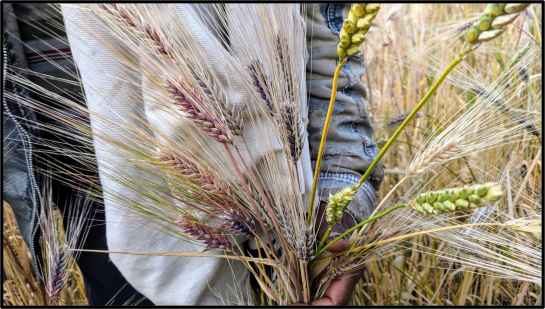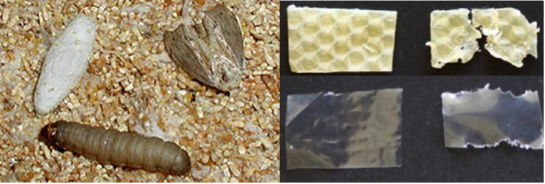Traditional knowledge, cultural ecosystems, and crop diversity for food security in a changing climate.
Dr. Alex McAlvay, Assistant Curator, Institute of Economic Botany, New York Botanical Garden
Agriculture is on the front lines of climate change, with changes to temperature and precipitation, extreme weather events, and changing ranges of pests threatening future food security. Feeding the planet will require adapting our farming practices to new conditions and new extremes. A key tool in this process is biodiversity, a resource that cultures have traditionally used for millennia to reduce risk in changing climates. These traditional strategies include planting multiple crops together, growing multiple varieties, and drawing on diversity from wild relatives of crops. In many areas, this traditional knowledge is being rapidly lost as farmers migrate to cities, mechanization increases, and new varieties are introduced. Dr. Alex McAlvay will share his work documenting and conserving traditional food production practices and crop diversity in Mexico, Ethiopia, and Canada and share how these strategies can make our food more resilient to climate change.

Does Galleria mellonella really bio-assimilate polyethylene ?
ULB/Sciences/Structure et function des membranes biologiques
Biodegradation of polyethylene (PE) plastics to decrease the environmental pollution is one of the major current issues. The search for organisms capable of degrading and/or consuming PE as an energy source might therefore be a solution to explore. The larvae of the Greater Wax Moth Galleria mellonella eat and metabolize beeswax, a compound chemically related to PE. Thereby it appears to be a suitable candidate to degrade PE. Fourier-Transform Infrared Microspectroscopy (µFTIR) was used to detect a possible metabolization of PE by G. mellonella larvae, and to test the implication of the larva gut microbiota using axenic reared insects. The spectral analyses showed no bio-assimilation of PE in the tissue, but micron sized PE particles were found in the larval digestive tract cavities. Meanwhile, in a control feeding experiment using deuterated oil, deuterated molecules were detected in the larval tissue showing that µFTIR can efficiently detect metabolization of deuterated food in the larva. In conclusion, our results contrast with previous studies, which suggested that the Greater Wax Moth larvae biodegrades PE but we developed a methodology able to follow the biodegradation of PE by insects.

